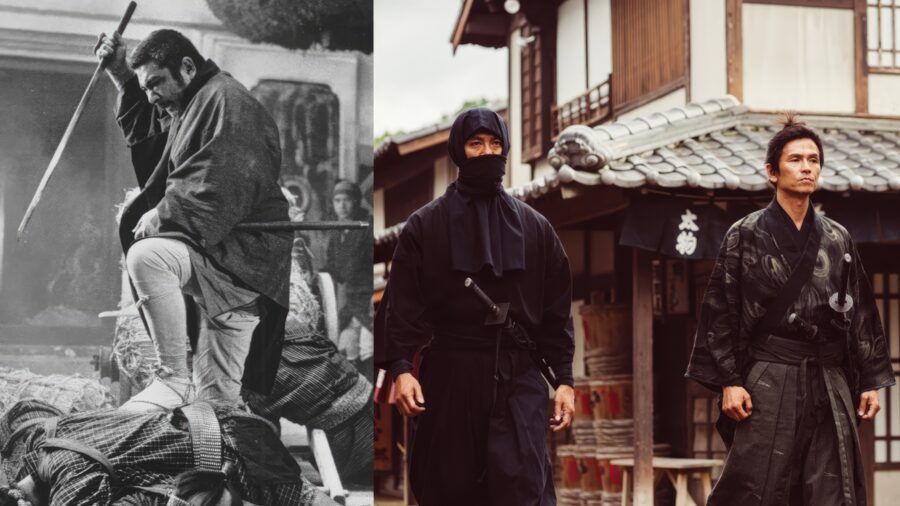Chokuto vs Katana: Japan’s First and Final Single-Edged Sword
NO AI USED This Article has been written and edited by our team with no help of the AI

The chokuto, being Japan’s first single-edged sword, and the katana, being the last, are separated by different historical eras and have shaped Japan’s history. While one is associated with Japan’s ancient and almost mythical past, the other is easily recognizable and connected with the iconic Japanese samurai.
This article discusses both swords—their designs and differences, combat uses, histories, and how they are portrayed in the media today.
What are the Differences?

Both the chokuto and katana have a single cutting edge and an unsharpened spine. However, the main difference lies in chokuto swords being straight, while katanas are curved.
Chokuto swords are typically one-handed and shorter, around 18 to 37 inches (45 to 95 cm), with thinner blades that feature a pronounced ridge running and ending near the tip. These swords may come with or without a handguard.
Meanwhile, katanas are two-handed swords with a standard length of 39 inches (99 cm) with various blade profiles that may feature a bohi (groove) that decreases the overall weight of the sword.
Due to the differential heat treatment process, a hamon (temper line) is present. Katanas also feature a handguard along with a hilt covered in rayskin and tightly wrapped using silk cords in a specific pattern (tsuka maki).
Chokuto and Katana in Combat

Chokuto are straight swords with a pointed tip, better suited for thrusting than a katana. They are one-handed weapons and could be combined with a shield during Japan’s Yamato Period (1st-8th century CE).
“Shields were commonly used in nearly all military contexts in Japan, beginning with prehistory… During the early medieval period, shields made of wood became more common, and they were designed for individual protection and to present a coordinated defense on the battlefield.”, says William E. Deal, Harvard professor with a focus on Japanese history.
Katanas were two-handed curved swords used primarily for slashing as it allowed more momentum and power behind a swing. Being longer than the chokuto, it was an ideal sidearm on the battlefield without sacrificing the user’s maneuverability.
This is why they completely replaced the chokuto and became a beloved sidearm during the Sengoku and Edo Period (17th-19th century).
Cultural and Historical Significance

Being Japan’s first single-edged blade, the chokuto appeared during the Kofun period (3rd to 6th century CE), inspired by straight Chinese dao swords that were imported as weapons for war or diplomatic gifts.
It was widely used until the 10th century in combat and ceremonies. There were some curved variations known as warabiteto.

With the fall of the Chinese Tang Dynasty (10th century), relations and trade between China and Japan deteriorated. As Japan began producing its own swords, curved blades like the tachi emerged and replaced the chokuto for combat.

Later, the focus on foot combat during the Muromachi period (14th-16th century) led to the development of the katana. It replaced the tachi and chokuto as it was easier to carry and suited for the combat needs of the time, such as slashing either from a horse or on foot.
The chokuto remained as a ceremonial and ritual tool to honor the ancient days of Japan.
Modern-Day Relevance and Legacy

Today, the katana is one of the most famous swords due to its association with the samurai, to the extent that it was seen as part of their soul.

On the other hand, the chokuto is mostly linked to characters such as Zatoichi, the blind swordsman. Some have also been modified and turned into the ninjato, a stealthy and straight blade used by the alleged ninjas of history.





